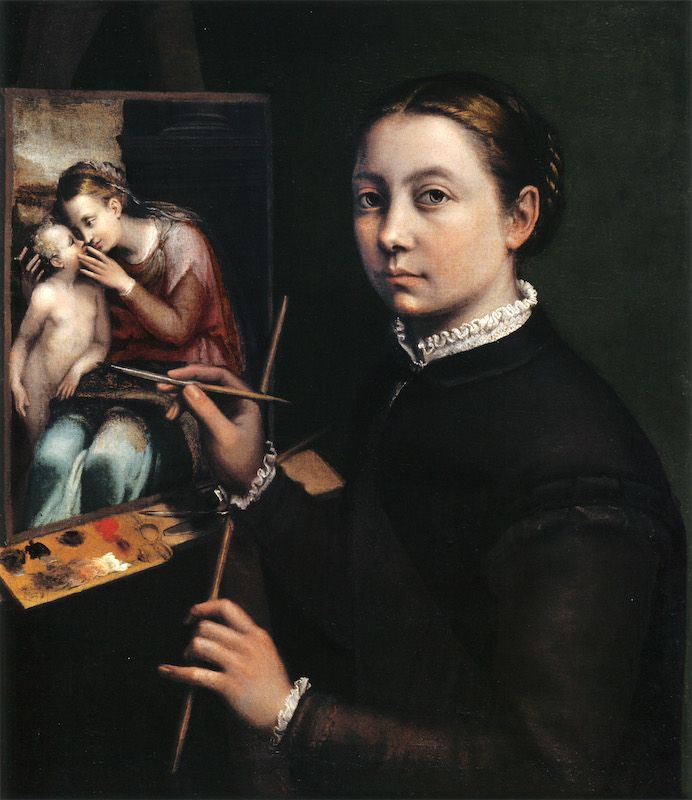
In 1991 Jacques Derrida was invited to curate an exhibition at the Louvre based on the museum's print and drawings collection. I still remember how I travelled to Paris to see the exhibition and attend the public lecture by Derrida. I also remember how nervous I was when I had a chance to exchange a few words with the man, who, at the time, was one of my greatest sources of inspiration.
The resulting exhibition, Memoirs of the Blind: The Self-Portrait and Other Ruins, was a small but dense exploration of the relationship between vision, blindness and drawing and, ultimately, a meditation on the nature of art. As it says in the description of the catalogue to the exhibition, which I consider one of the best essays on art, for Derrida, drawing is itself blind: as an act rooted in memory and anticipation, drawing necessarily replaces one kind of seeing (direct) with another (mediated).
The exhibition "Self Portrait. Renaissance to Contemporary" currently at the National Portrait Gallery revisits several of the themes explored by Derrida in "Memoirs of the Blind". It is an extremely rich and quite astonishing exhibition, with self-portraits by Rembrandt, Van Gogh, Andy Warhol, Gerhard Richter, Francis Bacon, Frida Kahlo, Lucian Freud, Chuck Close, Vélazquez, Jenny Saville, Marlène Dumas and many more artists. It is a delight to see so many different paintings brought together in a meaningful, consistent show.
The exhibition opens with a painting by Sofonisba Anguissola, "Self-Portrait at the Easel Painting a Devotional Panel" (1556). The painter looks directly at the viewer, holding a brush in her right hand. As Derrida observed, when drawing or painting, the artist has to look at the canvas, so what is drawn is a memory of what was seen. It is interesting to note that the tip of the brush points at a white section of the painting, even though it is dark. I also find it interesting that the palette in many self-portraits is a "direct representation" of the patch of paint on the actual palette. To represent the patch of paint on a palette the painter has to reproduce on the canvas what he does on the palette.
The painter painting himself behind his easel is the iconic image of the self-portrait. Another typical image is that of the painter and his model. What is interesting about "Self Portrait. Renaissance to Contemporary" is that it shows the many ways in which artists have portrayed themselves. In "Judith with the head of Holofornes" (1613) Cristofano Allori chose to portray himself as the beheaded head of Holofornes, while his lover appears as Judith. Edward Hopper painted himself as an ordinary man with a hat. Nothing in the painting identifies him as an artist.
Artists such as Vincent van Gogh and Francis Bacon went beyond similitude to try and render their psychological state in paint. As Vincent van Gogh wrote in a letter to his brother: "It is difficult to know yourself, but it isn't easy to paint yourself either". Van Gogh may have been right, but as this exhibition shows, many artists nonetheless succeeded in creating an intriguing self-portrait.
Self Portrait. Renaissance to Contemporary is at the National Portrait Gallery, London until 29 January 2006.